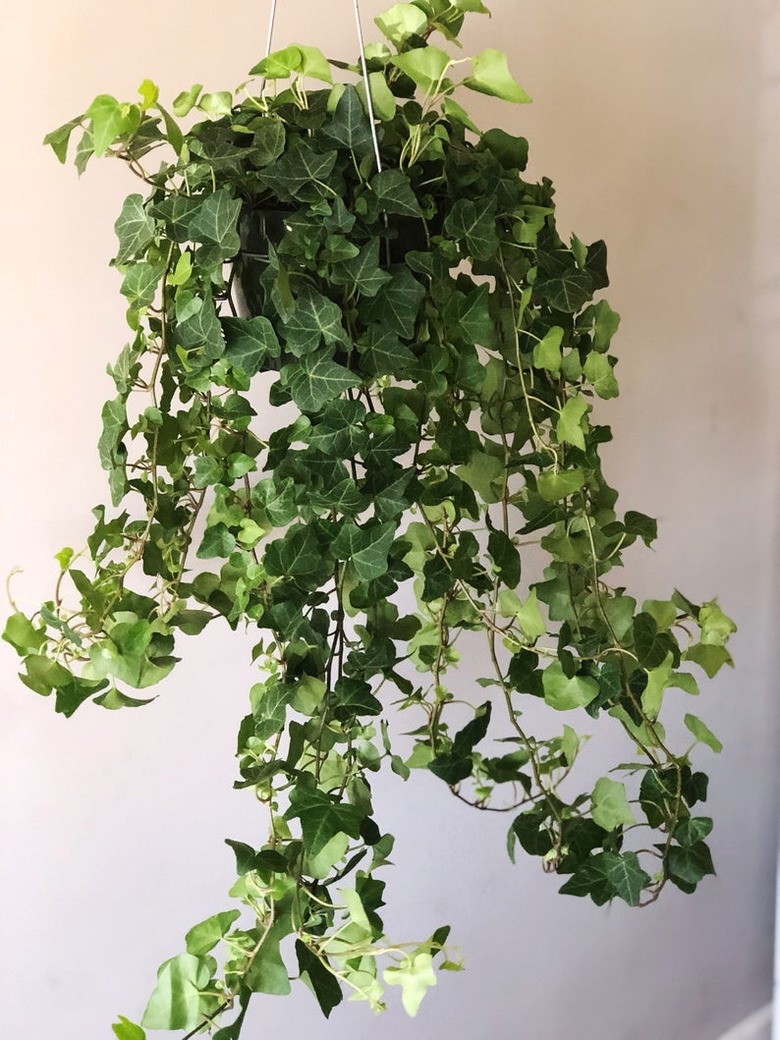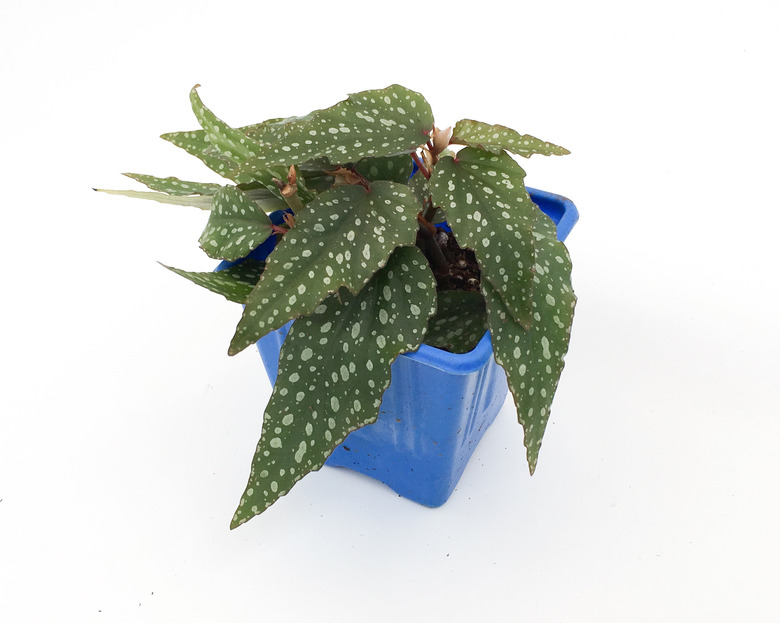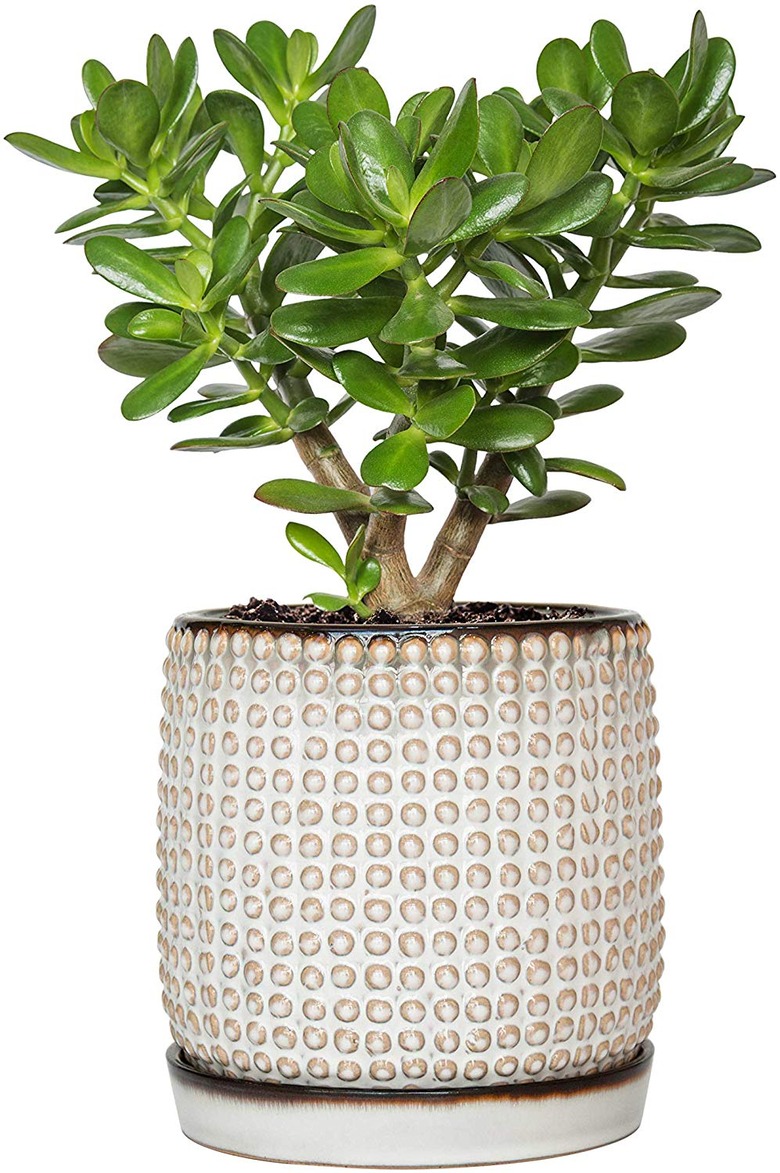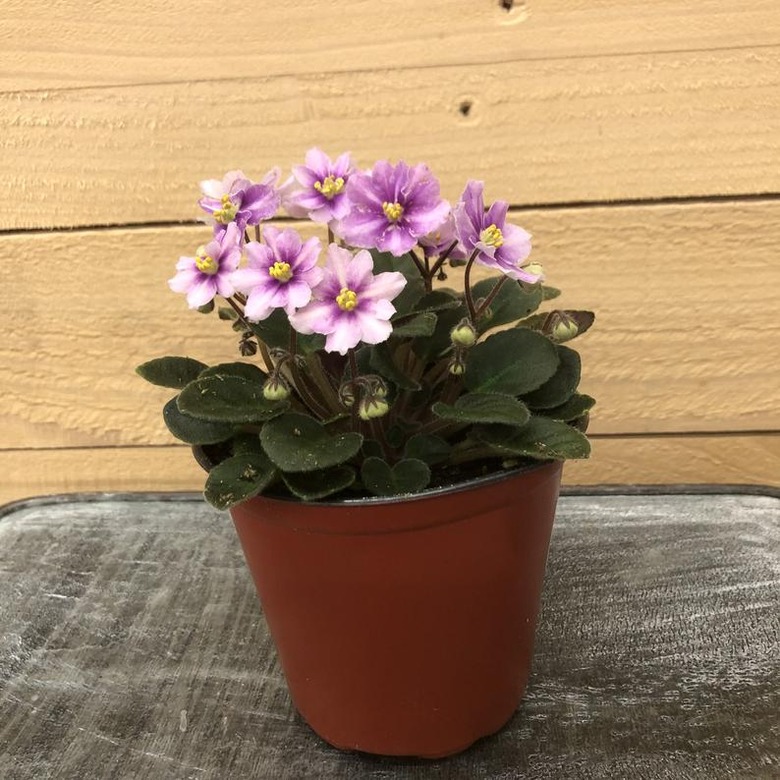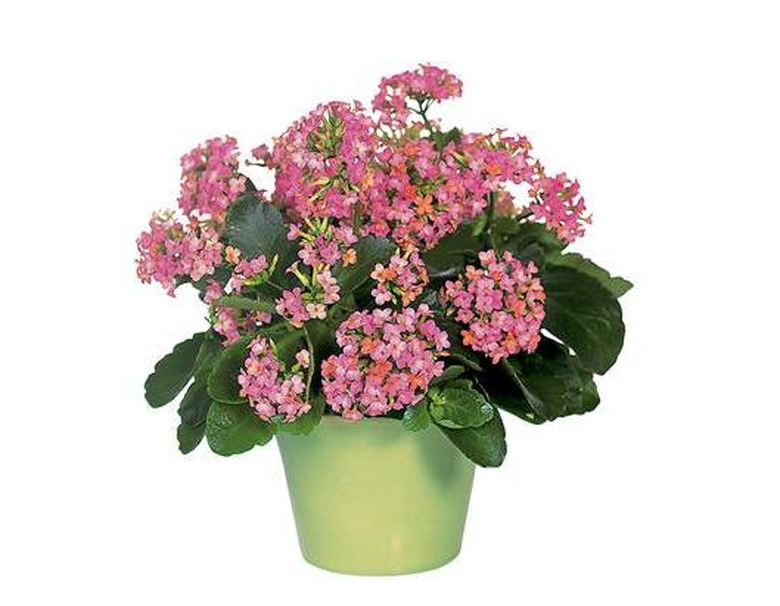Unexpectedly, These Houseplants Actually Love Milk
In addition to helping kids grow strong bones and healthy teeth, did you know that plants can benefit from milk, too? It's all thanks to one of milk's main nutrients: calcium.
Calcium builds the cell walls that enable plants to stand upright, as well as to transport other nutrients. In fact, using milk to fertilize plants was part of the ancient gardening lore of our grandparents and great-grandparents. And sure enough, the idea of fertilizing garden crops with milk is resurfacing today. In addition, milk is also touted as a very effective preventative spray for houseplants prone to fungal diseases like powdery mildew.
Almost any houseplant can benefit from a little calcium, but the place to start is with houseplants that are frequent victims of powdery mildew. Here are five powdery-mildew prone plants that would be thrilled if they "got milk!"
Angel Wing Begonias
Angel Wing Begonias
The plant: Angel Wing begonias are cane begonias that get their name from the intriguing shape of their attractive foliage. The leaves grow on upright stems along with stunning cascades of showy flowers. Cane begonias have been popular houseplants for hundreds of years and include some of the world's most beautiful and best performing begonias. They are also fairly easy to grow as long as you meet their cultural requirements.
Milk-use tip: Add just a tablespoon or two of milk to a quart-size pitcher filled with water and stir it up well. Pour the milk-flavored water into the plant soil once or twice a month, just as you would regular water.
General care tips:
- Bright, indirect light
- Light, well-draining soil
- Ample water when the soil is dry
- Lots of humidity
- Average temperatures without cold drafts
- Diluted liquid fertilizer
Jade Plant
Jade Plant
These easy-care succulents are about as tolerant and easy-care as a houseplant can get, requiring minimal water or nutrients. The thick, jade-green leaves are rounded or oval. They grow on thick, woody stems, making the plant look like a adorable miniature tree. And they live for years, passed down from one generation to the next.
Milk-use tip: Spray milk mixture on the jade plant only during growing season. Move the plants to bright sunlight before applying since experts think interaction with sunlight enhances milk's antifungal properties.
General care tips:
- Excellent drainage essential
- Ideal soil is two-thirds potting soil and one-third perlite
- Minimum four hours a day of direct sunlight
- Irrigation required in growing season when soil dries out
- Very limited irrigation in winter
- Ideal temperatures 65 – 75 Fahrenheit (18 to 24 degrees C)
English Ivy
English Ivy
The plant: English ivy, aka Hendera helix, is known as an aggressive, headstrong plant outdoors, but that hasn't impacted its popularity as a houseplant. Its bright, lobed leaves cascade gracefully from a hanging basket or climb any support you provide for them, creating a botanical sculpture that is sure to attract attention. In addition, it's been identified by NASA as one of the best plants to remove toxins from the air.
Milk-use tip: Use a stronger milk-water mixture (like 1:1) and pour around the base of the ivy houseplant once a month during the growing season. The roots will gradually absorb the liquid.
General care tips:
- Indirect sunlight only
- Moist soil, not dry nor soaking
- Nitrogen-heavy fertilizer during growing season
- Cool temperatures are best, nothing over 65 degrees Fahrenheit
- Warm temperatures mean daily misting
- Propagation easy from cuttings
African Violet
African Violet
The plant: Talk about small-space plants with a big impact! The bright, bold flowers of African violets sparkle like jewels against the soft, rounded leaves, and several tiny pots can be grouped together for an even more ornamental effect. But African violets love humidity and need moist soil at all times, a condition that makes them susceptible to fungal diseases like powdery mildew.
Milk-use tip: The arrival of warm, humid weather signals fungal infections ahead. Help the plant fight them off by spraying a 40/60 milk/water solution on the leaves every 10 days.
General care tips:
- Excellent drainage
- Soil made from perlite, peat moss, and vermiculite
- Medium amounts of filtered light
- Turn pots regularly to keep plants from stretching toward the light source
- Feed with African Violet food
- Dead-head to encourage more flowers
Kalanchoe
Kalanchoe
The plant: Some call Kanachoe blossfeildiana the "succulent with benefits." The scalloped leaves on this unusual plant are so exquisitely hued as to be the succulent equivalent of roses, but that's not all. The plant produces unbelievably impressive clusters of vivid, starry flowers held above the foliage. With proper cultural care, your Kanachoe will rebloom from winter to spring.
Milk-use tip: Use non-fat or reconstituted milk in your milk/water foliar spray. The fats in whole milk can clog up your sprayer.
General care tips:
- Bright shade with limited amounts of direct sun
- No strong, southern sunlight
- Weekly irrigation
- Well-draining soil like a 60/40 mixture of peat moss and perlite
- Leggy growth best pinched back
- Monthly application of water-soluble fertilizer
References
- Gardening Know How: Powdery Mildew Treatment for Indoor Plants
- Balcony and Garden Web: Milk Uses in the Garden
- Mother Earth News: Improving Garden Soil
- Harvest to Table: Milk and Tomato Growing
- Garden Guides: How to Water Plants with Milk
- Gardening Know How: Grow Angel Wing Begonia
- Gardening Know How: Growing Kalanchoe
- The Old Farmer's Almanac: Jade Plants
